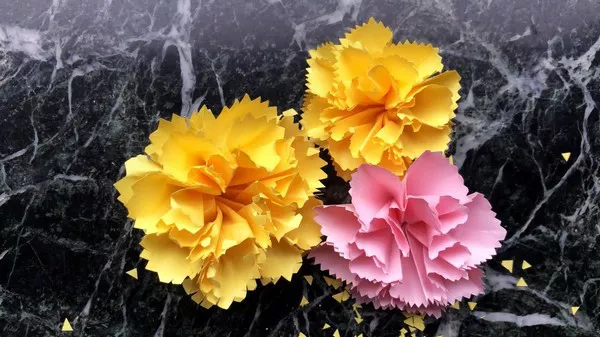In both the garden and in life, some days shine brightly while others dim. A recent Saturday in southern England proved to be nothing short of heavenly for my gardening endeavors. It was a day where the conditions were ideal, allowing me to indulge in my passion for gardening while also gaining some valuable insights. I believe the lessons from this day in paradise might inspire fellow garden enthusiasts.
The highlight of that moment was the sight of one of my beloved Michaelmas daisies, adorned with vibrant blooms and alive with the buzz of bees and fluttering butterflies. Little Carlow, an exquisite aster now reclassified as a Symphyotrichum, is a delightful addition to any garden. I planted my first Little Carlow 20 years ago, and it has since multiplied into dozens, even after I’ve shared many with friends. Its electric-blue flowers radiate in the sunlight, gradually developing tiny yellow centers once they’ve been pollinated.
After a Saturday filled with enthusiastic bumblebee activity, my Little Carlow now features an abundance of blossoms with yellow centers. This charming daisy reaches about 3 feet in height and typically requires light staking from August onwards due to its slender stems. It thrives in well-drained soil, and I typically divide it in spring rather than autumn. However, I remain vigilant for its one nemesis: early-season slugs that can nibble on its narrow leaves when they first emerge in April. Nevertheless, Little Carlow is nearly indestructible, unless the soil is heavy and waterlogged.
On that sunny Saturday, not only were my Little Carlows abuzz with bees, but they also hosted autumn migrants – the stunning Red Admiral and Painted Lady butterflies, which alighted on the flowers’ heads. Recent research has revealed that Painted Ladies migrate to Britain in vast numbers from Morocco and sub-Saharan Africa, flying at altitudes that elude governmental oversight. It’s a testament to the wondrous unpredictability of our butterfly borders.
As I glanced from the pages of my pink-camouflaged FT Weekend, I savored a leisurely garden breakfast, accompanied by the unexpected visit of two dragonflies, who maintained a discreet distance from the nearest Red Admiral butterfly. Beyond this spectacle, two heartening facts were evident. Firstly, my garden had entered its blue period, awash in shades of blue. Secondly, plants I had feared lost during winter had miraculously sprung back to life.
Just three weeks prior, my main borders had been a symphony of yellow on yellow. The towering Rudbeckia laciniata Herbstsonne showcased its bold, reflexed flowers at a towering height of 6 feet, and nearby, a lofty yellow helenium variety, Riverton Beauty, boasting contrasting brown centers, reached up to 5 feet on dry soil. While some might find this explosion of vibrant yellow overwhelming, I reveled in it. However, like all things, it faded, making way for swathes of blue.
For years, I’ve cultivated a tall, slender-stemmed aster with spires of lavender-blue flowers. Its botanical name evolved into Symphyotrichum cordifolium Chieftain, a name befitting its stature. This aster has earned my praise for its 5-foot height, lack of need for staking in a well-planned border, and propensity to self-seed when content. In fact, my Chieftains have embraced their happiness by scattering seeds more profusely than I can manage. In late spring, their seedlings emerge wherever they find space, even in the midst of other plants’ clumps. Nevertheless, their splendid show in late September transforms the border into a sea of blue, requiring no intervention on my part.


